Blue green algae are more familiar with aquarists than they would like to be; finding BGA in your aquarium can be quite alarming. This growth can mar the appearance of your tank and also present real dangers to the welfare of your fish as well as the ecological stability of your aquarium. Information about the blue-green algae aquarium cause, results, and control/treatment for blue green algae is vital in the management of aquatic ecosystems. Here, we will discuss in detail the essentialities you should understand concerning Blue green algae in an aquarium.
Content Table
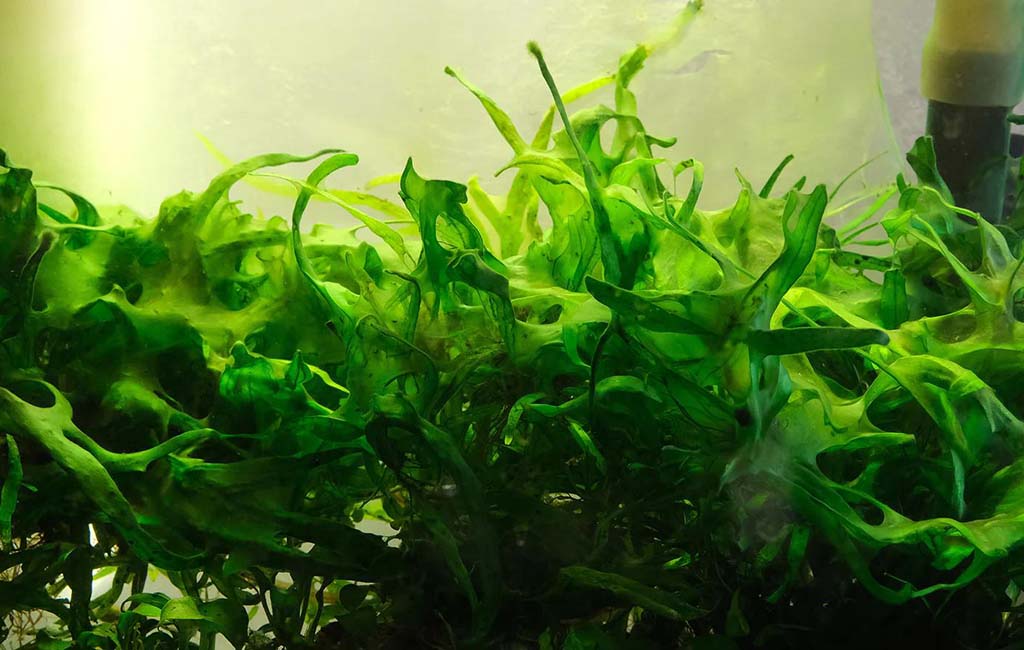
Blue green algae
What Is Blue Green Algae?
Blue-green algae also called cyanobacteria, is a group of bacteria in which there is a plant-like capability of photosynthesis. These organisms are a group of bacteria, the term ‘algae’ is not used to mean true algae here. Sometimes they are green, blue, or red and can grow to form a mat on the surfaces of the tank. But by their nature, they inhabit freshwater and marine systems; their excessive breeding in aquariums can be problematic. BGAs can also discharge toxic compounds into the aquatic system, hence affecting fish, plants, and other life forms.
Blue green algae grow well in tanks with high nitrates and phosphates, with wrong lighting, or in water that is stagnant. These conditions make them quite suitable for the growth of these institutions. The most common algal forms are green or blue on the surfaces of the tank, plants, and substrates, which spread rapidly if not controlled.
Green-Blue Algae in Aquariums
Any kind of Blue green algae seen in the aquarium is most likely due to some nutritional imbalance or lack of proper aquarium maintenance. Blue green algae blooms are provoked by overfeeding, the frequency of water changes, and the exposure to light. The nutrient inputs, including primarily the dead food and fish wastes, increase the nutrient content that helps the bacteria grow in number.
One of the problems associated with Blue green algae is that it forms a thick layer that may prevent light penetration into your aquarium plants. This can stunt plant growth, leading to further imbalances in the ecosystem. In addition to being unsightly, Blue green algae can lead to an unhealthy tank environment, causing stress to your fish and reducing oxygen levels in the water.
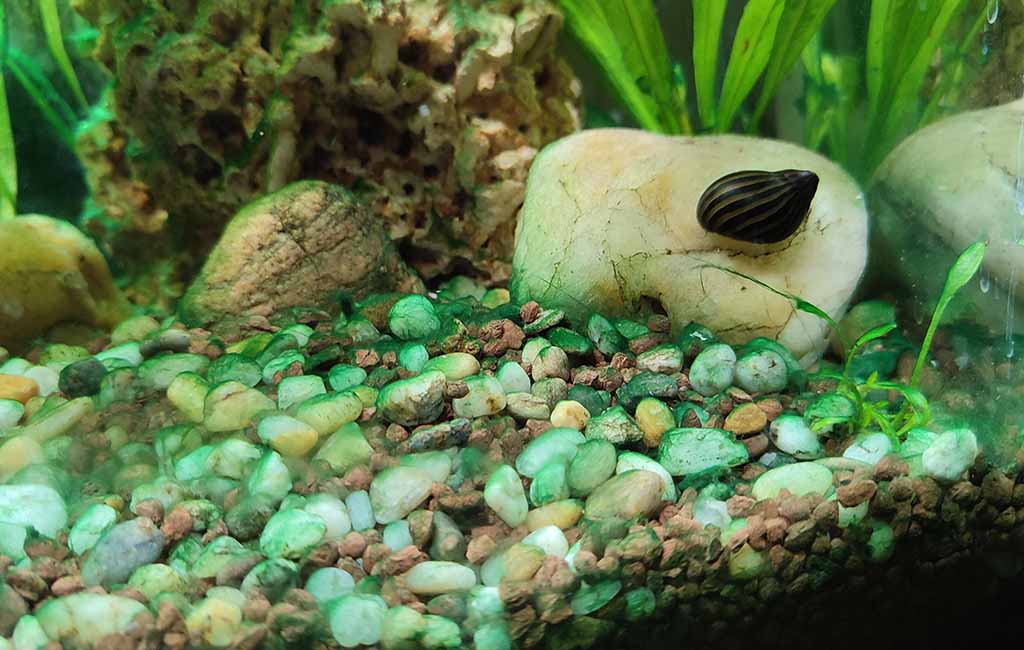
Bacteria and blue green algae
Bacteria and Blue green Algae
This spiral form is not algae, but is a form of bacteria after a closer look it is identified as Blue green algae, which belongs to cyanobacteria. Cyanobacteria are also known as algae that can synthesize UAVs similarly to plants. However, when these bacteria grow out of control in an aquarium, they upset the biological equilibrium of the tank. Interspecific competition between bacteria and Blue green algae depends primarily on environmental circumstances, with an emphasis on nutrient demand.
Blue green algae bacteria which are responsible for the development of Blue green algae bloom can rapidly multiply where they get confined to excess nutrients, particularly nitrogen and phosphorus.
These nutrients originate mostly from sources like dead and undigested fish foods or the feed left uneaten by the fish populations and decomposing plant material.
The bacteria preferred to grow where the tanks provided high levels of these nutrients and populated the tank surfaces densely. If no measures are taken then such colonies are only going to grow rapidly, and soon it becomes an algae bloom which is not easy to control.
Aquarium Blue green Algae FAQ
Q: Is Blue green algae harmful to fish?
A: Indeed, Blue green algae are capable of being toxic to fish. It is a highly toxic bacteria, and some of the problems that can result from it include skin rash and respiratory ailments. In its extreme, it results in fish death.
Q: Can I remove Blue green algae manually?
A: You can mechanically eliminate Blue green algae by wiping it from the surfaces of the tank, but the main cause will persist. The process of removal by hand can impede the infestation across the numerous stages, but it should be accompanied by other treatments for optimum results.
Q: Why does Blue green algae keep coming back?
A: Blue-green algae may re-occur in an aquarium if the cause is left unattended, for instance, high nutrients or light intensity. To avoid more blooms in the tank, it is advisable to keep going with balanced conditions.
Q: Can Blue green algae grow in saltwater tanks?
A: Indeed, Blue green algae can happen in aquariums that contain either fresh or salt water. Although they can be found in much less frequency in saltwater tanks, they can successfully inhabit an aquarium of this type if the conditions are right.
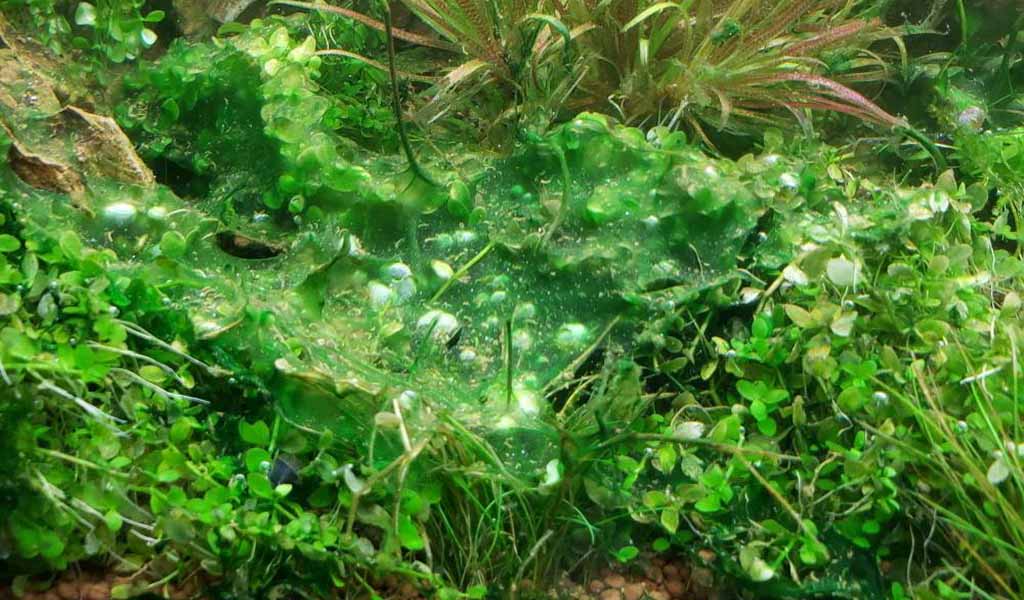
Blue green algae aquarium
Blue green Algae Treatment Advice
Treatment for Blue green algae in an aquarium requires a combination of preventive measures and active treatments. The first step is to address the underlying causes of the algae bloom. Here are some tips for beginners on how to treat and prevent Blue-green algae:
- Reduce Light Exposure: Since Blue-green algae bloom under strong light conditions, it therefore means that aquariums should be kept away from strong light. One can try that the lighting period should be minimized to 6-8 hours or less and also, the tank should not be exposed to direct sunlight.
- Increase Water Circulation: Blue green algae growth thrives on stagnant water. Several solutions will work in making the water circulate to avoid the conditions deemed favorable by algae: when choosing between a water pump or an air stone, the former is preferred.
- Regular Water Changes: It’s necessary to make water changes as often as possible, ideally weekly, performing changes not less than 25% of the total volume to control nutrient levels in the aquarium. That also aids in dispelling toxins produced by the algae into the water body since the quantity is so large.
- Reduce Feeding: Fish feeding too many results in water pollution by the nutrients. Do not overfeed your fish because any leftovers will pollute the water since it decomposes very quickly when it is in the water.
- Use Algae Treatments: The use of algicides or anti-cyanobacteria products is used commercially to counter Blue green algae problems. There are some issues when using chemical treatments; it can be dangerous to have sensitive inhabitants in an aquarium.
- Consider Biological Control: The supplementary feeding of some fish species like snails or fish nutrients that feed on algae tends to check the rate of Blue green However, this may not be sufficient on its own where there is uncertainty about the number of IFRSs or there are too many IFRs to count.
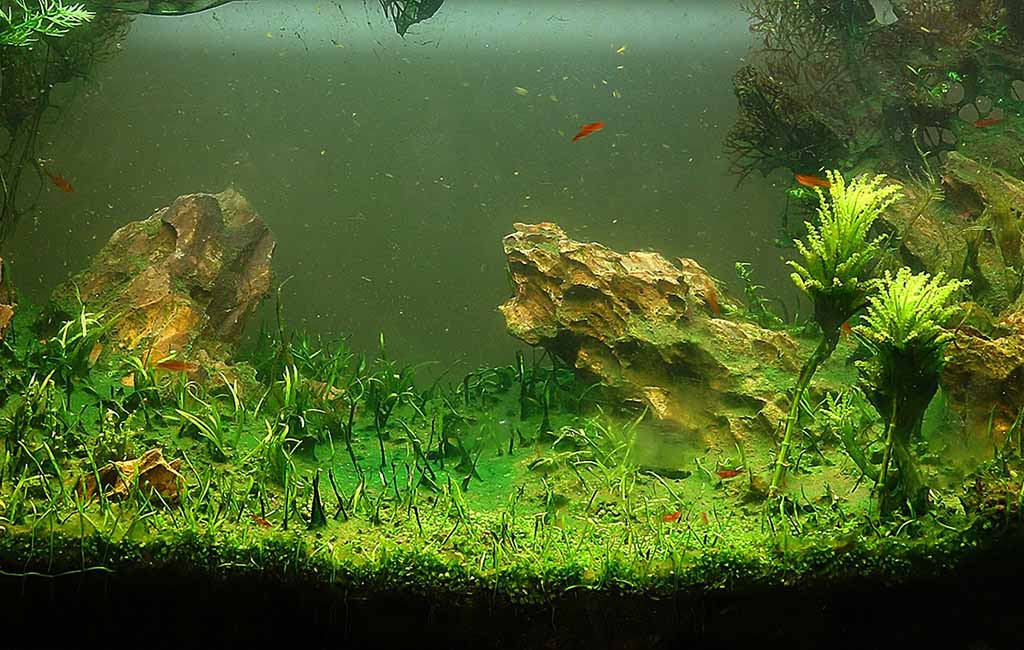
Blue green algae FAQ
Closing Remarks
Blue-green algae can be quite an annoyance to an aquarist, however, understanding the problem and how to prevent and eliminate it will allow you to keep your aquarium in its best condition. The following ways can help to control Blue-green algae; Identifying the cause of nutrient imbalance in the water; Managing light; and regularly maintaining your aquarium. Of course, all of this is relative to maintaining a planned ecosystem suitable for fish and plants; thus, always be on the watch for the welfare of your fish and plants in the tank. Used properly, it is possible to overcome the growth of Blue green algae and maintain a bright, crystal-clear aquarium.

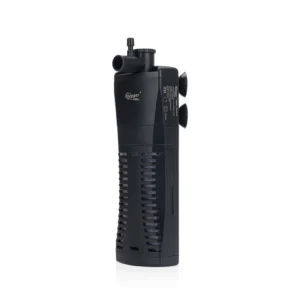
Leave a comment